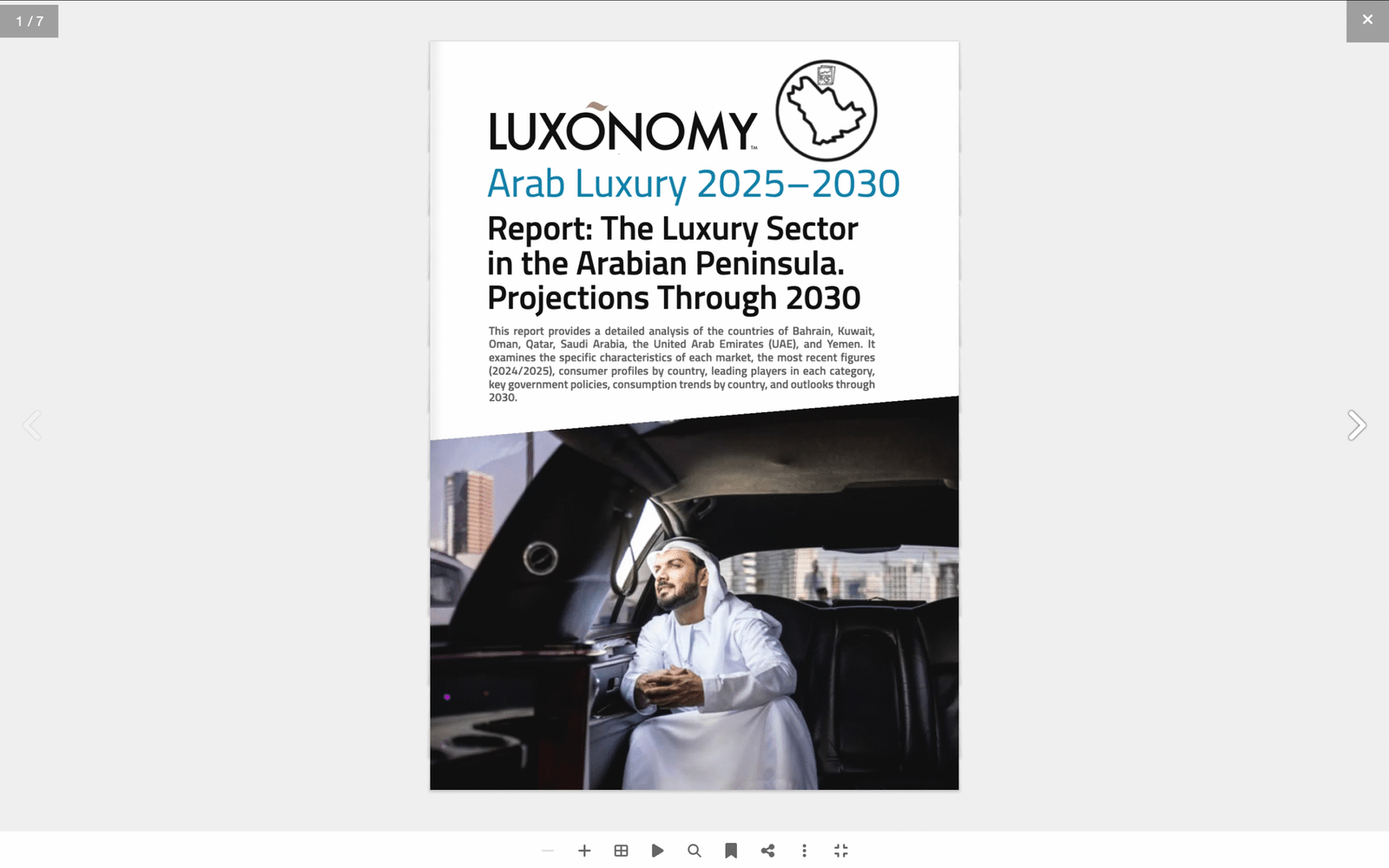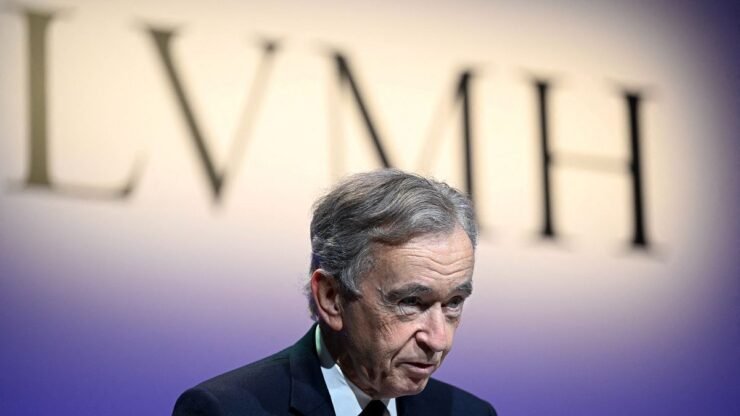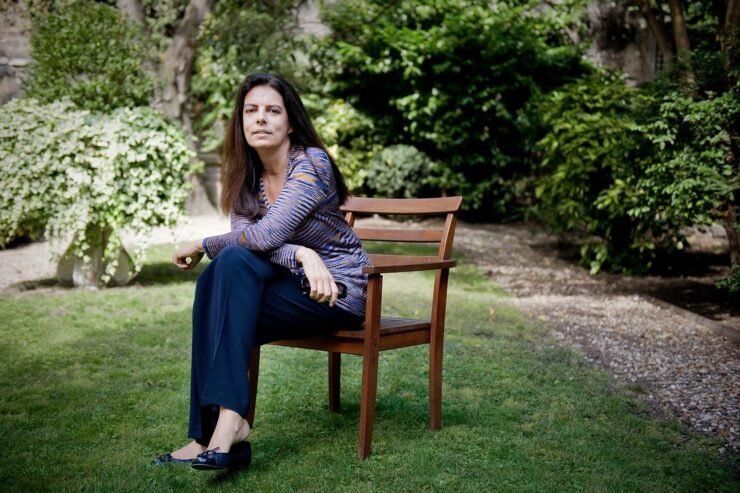economy

The global luxury landscape towards 2030 will be characterized by a shift in geographical demand, a generational change in consumers, disruptive technological advancements, and unprecedented geopolitical and regulatory pressures. The global luxury market (goods plus experiences) is expected to grow from the current €1.5 trillion to between €2–2.5 trillion by 2030, with a sustained annual growth rate of 4–6%. This growth will be driven largely by emerging economies and younger generations.

LUXONOMY™, the international luxury economy journal, announces the launch of its new specialized report: “The Luxury Sector in the Arabian Peninsula: Projections until 2030,” a strategic publication that deeply analyzes the markets of the United Arab Emirates, Saudi Arabia, Qatar, Kuwait, Oman, Bahrain, and Yemen.
The Arabian Peninsula is now one of the fastest-growing luxury sector hubs globally. This new study by LUXONOMY presents the latest figures, the most ambitious projections, and the key transformations that are redefining premium consumption in the region.

After the major scandal exposing the manufacturing of fashion and luxury accessories in China, labeled as “made in Europe,” we take an in-depth look at the European luxury car sector. European luxury cars are the result of highly complex global supply chains. Brands such as Mercedes-Benz, BMW, Audi, Porsche, Ferrari, Lamborghini, Bentley, or Rolls-Royce assemble their vehicles in Europe, but rely on a global network of suppliers and specialized factories. This report investigates where their most important components are made, which countries dominate the supply chain, who the key suppliers are, and how brands are adapting their strategies to Asian dependency. We also analyze where final assembly plants are located, as well as relocation, traceability, and sustainability initiatives, and future trends (electrification, automation, new materials) in high-end component manufacturing.
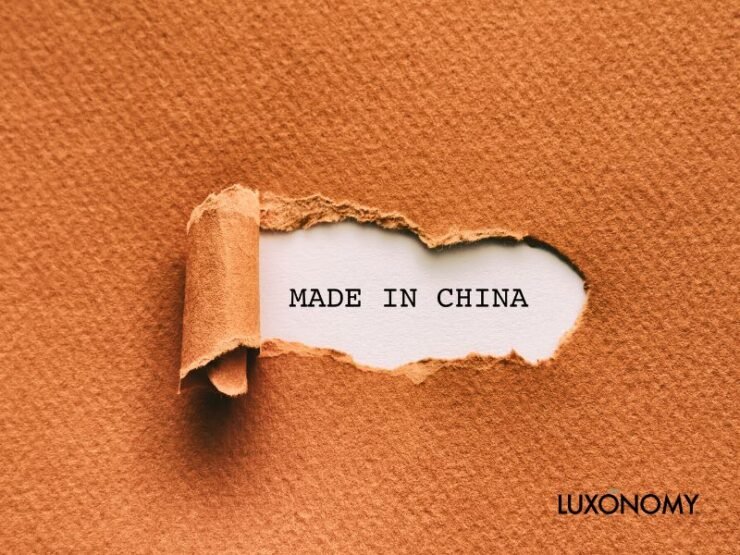
A bag with the label “Made in Italy” displayed in an exclusive boutique may have been born thousands of miles away from Europe. Today we know that some of the most prestigious luxury brands in the world manufacture much of their products in China or other Asian countries, only to label them as European and sell them at exorbitant prices. This investigative report explores recent cases that have uncovered this practice, the techniques the industry uses to conceal it, the legal framework that allows it, the reactions it has provoked, and the ethical implications that challenge the true meaning of luxury.

This report aims to offer an exhaustive, rigorous, and updated analysis of how geopolitical conflicts are shaping the operations, strategy, narrative, and public image of the main luxury maisons. We will focus not only on the economic and logistical impact but also on how the sector is redefining its values, social responsibility, and strategic positioning in a deeply volatile and changing global landscape.

On April 3, 2025, U.S. President Donald Trump once again disrupted global trade by announcing a sweeping set of new tariffs, including a 20% levy on products from the European Union and up to 54% on goods from China. Dubbed “America First 2.0”, this move has been described by analysts as the most aggressive protectionist measure in over a century.
Justified by the administration as a way to reindustrialize the U.S. and protect domestic jobs, the announcement comes at a time of declining global trade and growing economic competition between the U.S., China, and Europe. The immediate consequence: historic drops in global stock markets, including New York, Paris, Frankfurt, Zurich, Hong Kong, and Shanghai, driven by fears of a potential global recession.

Quiet Luxury is based on three essential pillars: exceptional craftsmanship, timeless design, and absolute discretion. Unlike traditional luxury that seeks attention through prominent logos and flashy designs, this movement values silent excellence – the kind only true connoisseurs can recognize.
This approach responds to growing demand among global elites for pieces that transcend temporary trends, offering permanent value both aesthetically and as investments. The global economic crisis, changing social values, and influence from new generations of millionaires have accelerated this transition toward more thoughtful, less showy luxury.
The 10 Brands that best embody Quiet Luxury.

In the world of luxury handbags, Hermès and Chanel are two of the most coveted brands. But beyond prestige and design, many buyers look for pieces that are not only beautiful but also good investments.
If you’re considering buying a high-end handbag and want to know which retains its value better in the resale market, this detailed analysis will give you the answer.

Football is not only the most popular sport in the world but also an industry that moves billions of dollars annually. Elite footballers stand out not only for their talent on the field but also for the fortunes they accumulate through contracts, sponsorships, and various investments. Below is a detailed analysis of the world’s richest footballers today, including details about their lives and careers.

The re-election of Donald Trump as President of the United States has brought significant geopolitical and economic changes that impact multiple industries, including the global luxury market. His focus on protectionist policies, an aggressive stance on trade relations with China and the European Union, and his tax reduction strategy have altered the dynamics of luxury goods consumption and production.
This report provides an in-depth analysis of the consequences of these changes, focusing on the effects on international trade, the production and distribution of luxury brands, the business strategies adopted to mitigate adverse effects, and consumer behavior in the U.S., China, and Europe. Additionally, future perspectives for the luxury market are explored in the context of political and economic uncertainty.

This report aims to provide a broad, in-depth view of how these new generations are redefining luxury, what motivates them, what they expect, and the implications for the high-end goods and services industry. We will also explore emerging trends that may shape the direction of the luxury market over the coming decades, as well as the strategies and challenges brands must navigate to remain relevant in this changing environment.

LUXONOMY announces the launch of the highly anticipated report “Profile of the New Chinese Luxury Consumer 2025”, an essential tool for understanding the trends and behaviors of one of the most dynamic and strategic markets in global luxury. Exclusive to our PREMIUM subscribers, this report offers a detailed and practical insight for brands and professionals looking to stand out in the Chinese market.

On Wednesday, January 29, 2025, the Chinese New Year begins, a celebration of great cultural and economic significance that symbolizes new beginnings, opportunities, and growth. In the luxury sector, this date has become a key moment to connect with Chinese consumers, who lead the global consumption of personal luxury goods.
In line with this important celebration, LUXONOMY is preparing to present, next week, its exclusive Report on the Profile of the New Chinese Luxury Consumer, a comprehensive analysis that reveals the trends, preferences, and purchasing behaviors of this influential group of consumers.
With this report, we provide a strategic guide to understanding and seizing the opportunities presented by the Chinese market, which will continue to lead the luxury sector in the coming years.

This report analyzes how Millennials, Generation Z, and Baby Boomers interact with luxury brands, identifying key patterns, influences, and differences in their approaches to consuming premium products and experiences. As generations evolve, so do their expectations of brands, forcing companies to constantly adapt to remain relevant and competitive in a globalized market.
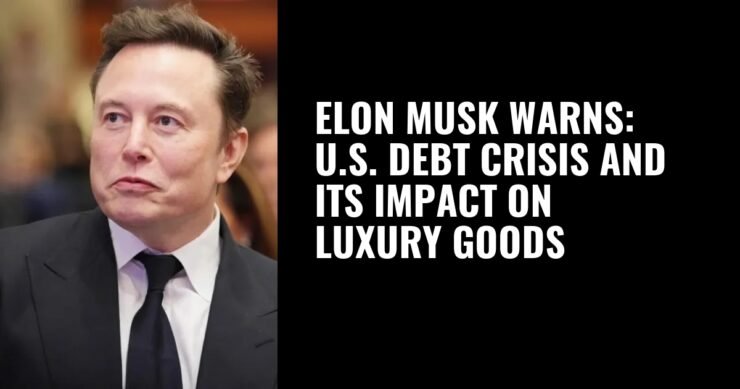
Elon Musk warns that the growing national debt in the U.S. is “unsustainable,” potentially leading to bankruptcy if drastic measures aren’t adopted. He suggests cutting federal spending by $2 trillion, which has ignited debate across economic and political realms. His stance may impact the luxury sector, as reduced government spending could decrease high-net-worth consumers’ purchasing power, eroding demand for luxury goods. Economic uncertainty and potential tax increases could further challenge luxury brands. Meanwhile, Musk views cryptocurrencies as volatile, making them unfit for resolving the debt issue. Luxury companies must adapt strategies to thrive in a changing economic landscape.

LVMH has announced a major executive restructuring, promoting Alexandre Arnault and Jean-Jacques Guiony to enhance leadership and business strength amid global challenges. Guiony, former CFO, becomes CEO of Moët Hennessy, tasked with revitalizing the division following an 8% sales decline. Alexandre Arnault, now Deputy General Director at Moët Hennessy, brings experience from Tiffany & Co. and Rimowa, highlighting a focus on succession planning. Additionally, Charles Delapalme takes over as CEO of Hennessy, reinforcing LVMH’s commitment to internal talent development. This strategic reshuffle aims to adapt to market changes and maintain LVMH’s dominance in the luxury industry.

India is rapidly becoming a focal point for the luxury market due to significant economic growth, a young population, and rising consumer aspirations. With the GDP expanding consistently and a growing middle class, India is projected to constitute 10-12% of the Asian luxury market by 2030. The rise of new elites and increased urbanization enhance luxury consumption, influencing consumption habits towards personalized and experiential luxury. Government policies have facilitated market entry for foreign brands by removing barriers, while e-commerce and social media have democratized luxury access. As brands adapt to Indian preferences, they harness cultural personalization, leveraging Bollywood and influencers to drive aspiration and sales.







